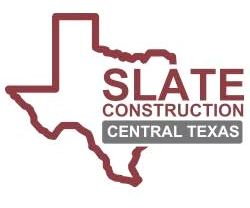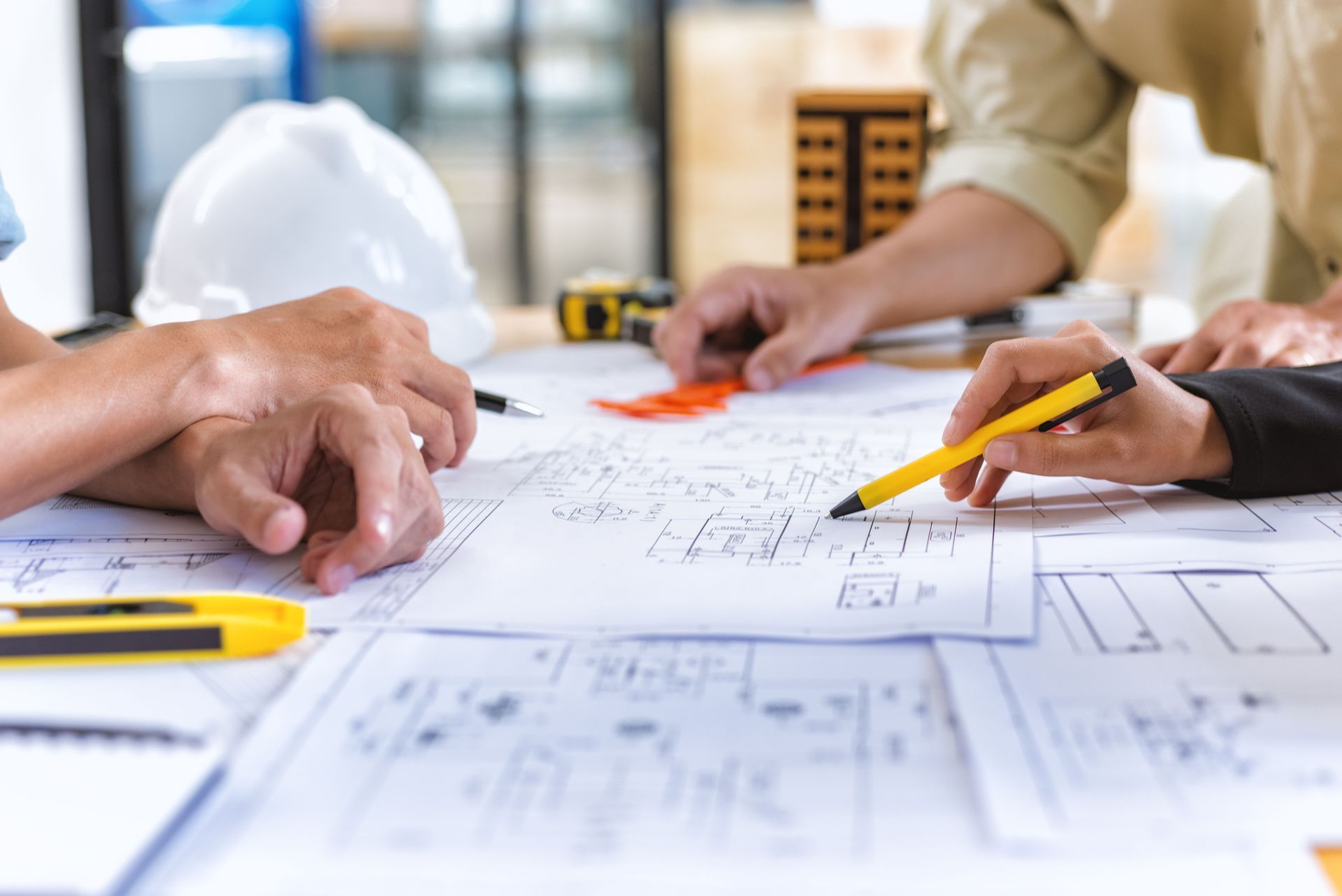October 31, 2025
Commercial design builds are increasingly becoming a critical factor in shortening delivery timelines while maintaining high-quality project outcomes. The understanding and application of commercial design principles can lead to not just faster project delivery, but also more sustainable and cost-effective solutions. As the pressure mounts to meet tight schedules and budgets, understanding the role of design in project execution becomes invaluable.
Understanding Commercial Design and Its Principles
Definition of Commercial Design
Commercial design refers to the planning and creation of spaces and structures intended for business use. This encompasses a wide range of projects, including office buildings, retail outlets, manufacturing facilities, and other commercial spaces. At its core, commercial design aims to efficiently utilize space while addressing the functional, aesthetic, and budgetary needs of a project. By focusing on both form and function, commercial design contributes significantly to the successful completion of projects. As global markets evolve, the role of commercial design is increasingly recognized as pivotal in driving economic and operational efficiency.
Key Principles of Effective Design
Effective commercial design builds rely on several key principles such as functionality, sustainability, and adaptability. Functionality ensures that the space meets the needs of its intended use, optimizing flow and accessibility. Sustainability in design focuses on using resources wisely and creating long-lasting solutions that minimize environmental impact. Lastly, adaptability allows for spaces to be flexible enough to accommodate future changes without requiring significant redesign. By adhering to these principles, designers can create commercial spaces that not only meet current needs but are also poised to adapt to future demands.
The Role of Technology in Modern Design
Technology plays a critical role in modern commercial design builds by enabling more precise planning and execution. Advanced design software and tools allow architects and engineers to visualize spaces before they are built, facilitating early detection of potential issues. By using Building Information Modeling (BIM) technology, designs can be collaboratively created, evaluated, and adjusted with relative ease. Technology also aids in the integration of sustainable practices, as it provides insights into energy usage and environmental impact. The use of technology thus sets a strong foundation for designing spaces that are efficient, sustainable, and responsive to business needs.
Streamlining Processes through Integrated Design
Aligning Design with Business Objectives
Integrated design ensures that every aspect of a project aligns with a company’s strategic business goals. By involving stakeholders from the earliest stages of design, commercial projects can better meet business needs and objectives. This approach helps identify and eliminate potential conflicts before they arise, saving time and resources. A properly aligned design not only meets aesthetic requirements but also enhances operational efficiency and market competitiveness. Clear connections between design goals and business objectives can accelerate project timelines and improve long-term performance.
Collaborative Design Techniques
Collaboration in the design process is crucial for creating spaces that meet complex commercial needs. Technologies like cloud-based collaboration platforms allow real-time input and feedback from multiple team members, regardless of location. This inclusive approach ensures that diverse perspectives contribute to more holistic and effective design solutions. Collaboration not only reduces the risk of costly design reworks but also builds consensus and fosters a shared vision, further accelerating project delivery.
Tools and Software for Integrated Design
The use of advanced tools and software is essential in enabling integrated design processes that streamline project delivery. Software platforms like BIM enable all parties to work with the same real-time data, resulting in fewer errors and more informed decision-making. Tools that provide predictive analytics can foresee potential project challenges, allowing preemptive adjustments. Project management software facilitates better coordination between various teams, further smoothing the path to project completion. By leveraging these technologies, commercial design builds can achieve greater levels of efficiency and effectiveness.
Role of Sustainable Design in Expediting Projects
Importance of Sustainability in Design
Sustainability in design is increasingly important as businesses aim to reduce their environmental footprint. Sustainable design strategies incorporate renewable materials, energy-efficient systems, and waste reduction practices, leading to more responsible resource use. Designing with sustainability in mind reduces project costs and builds brand reputation among environmentally conscious consumers. It also aligns with growing regulatory demands for businesses to meet environmental standards. Thus, integrating sustainability into commercial design contributes to faster project approval and promotes long-term operational savings.
Strategies for Sustainable Design
There are several strategies available to integrate sustainability into commercial design builds, beginning with the use of eco-friendly materials. Recycled or sustainably sourced materials reduce environmental impact and are often cost-competitive. Implementing energy-efficient technologies, such as LED lighting and smart HVAC systems, decreases operational costs and consumption. Water conservation measures, like rainwater harvesting systems and low-flow fixtures, are also part of sustainable design practices. By adopting these strategies, businesses can create spaces that not only meet immediate needs but are also future-ready and environmentally responsible.
How Sustainability Reduces Project Delays
Employing sustainable design techniques contributes to faster project delivery by enhancing efficiency and reducing obstacles. Many sustainable practices streamline construction processes; for instance, pre-engineered materials often fit together more seamlessly, reducing time spent on installations. Sustainable designs also tend to face fewer regulatory barriers, as they are typically aligned with governmental incentives and policies. By planning with a focus on sustainability, projects are better poised to anticipate and manage risks, thereby averting potential delays. Overall, sustainability is not just an ethical choice but a pragmatic one that can expedite project timelines.
Impact of Customer-Centric Design on Delivery Times
Defining Customer-Centric Design
Customer-centric design focuses on creating spaces and environments that thoroughly address the needs and preferences of end-users. This approach not only enhances user satisfaction but also creates spaces that are more intuitive and efficient. By prioritizing the user's perspective throughout the design process, companies can ensure the final product meets consumer expectations. This alignment reduces the likelihood of costly redesigns and adjustments post-construction. Therefore, customer-centric design is integral to delivering projects that are both timely and responsive to user demands.
Overcoming Challenges in Commercial Design Builds
Identifying Common Obstacles
Commercial design builds face several common obstacles that can delay project completion, including budget constraints, regulatory requirements, and logistical challenges. Identifying these obstacles early in the design phase can help mitigate their impact, saving time and resources. Budget constraints often arise due to unexpected costs or changes in project scope, which can be addressed through proactive financial planning. Regulatory challenges involve compliance with local building codes and environmental regulations, requiring diligent research and coordination with authorities. By understanding these obstacles, design teams can develop strategies to overcome them, supporting timely project delivery.
Effective Risk Management Strategies
To ensure successful project execution, implementing effective risk management strategies is essential. This involves assessing potential risks during the early planning stages and developing contingency plans. Strategies include diversifying suppliers to reduce dependency risk and scheduling staggered resources to accommodate unforeseen delays. Regular risk assessments keep the project aligned with timelines and budgets, allowing for quick adaptation to changing circumstances. By prioritizing risk management, commercial projects can better withstand uncertainties and maintain momentum toward completion.
Leveraging Technology to Solve Design Challenges
Advancements in technology offer many solutions to the common challenges faced in commercial design projects. Digital simulation and modeling tools enable the early identification of design conflicts and spatial inefficiencies. Technologies like virtual reality (VR) allow stakeholders to experience designs before construction, providing opportunities for timely feedback and adjustments. Automation technologies can improve accuracy and reduce manual errors, streamlining processes and improving outcomes. Adopting these technologies can transform potential challenges into opportunities, enhancing the efficiency and success of commercial design builds.
According to Autodesk, construction activity accounted for $13 trillion, or 7% of global gross output, in 2023. By integrating commercial design builds with strategic processes and technologies, your team will reduce delivery times while ensuring high-quality results. Looking to the future, innovations in design methodologies promise greater agility and sustainability, setting a new standard for successful project delivery. Get in touch with our team at Slate Construction Central Texas today to learn more!









